SBV takes aim at macro stability
 What were the main differences between the overall picture of banking system activities of 2012 and 2011?
What were the main differences between the overall picture of banking system activities of 2012 and 2011?
In 2012, we can see that all monetary criteria have reasonable growth. For example, the total means of payment was grew around 20 per cent and credit growth was about 7 per cent. This suits the target to control inflation which stayed at 6.81 per cent in 2012 and supported economic growth of 5.03 per cent.
In addition, deposit and lending interest rates were both lower than in 2011. In the year to December 20, 2012, total outstanding loans in VND bearing the lending rate of higher 15 per cent accounted for 18.7 per cent of total outstanding loans, down from 65 per cent in mid-July, 2012.
Although credit growth is low, the credit structure was shifted to production and business areas.
Credit growth stayed at 6.45 per cent by December 20, 2012, in which credit in VND increased by 8.92 per cent, in foreign currencies up 3.51 per cent against the end of last year. Especially, credit growth priority areas was higher than the overall system.
Banking system liquidity was also improved, while credit institutions’ deposits at the SBV were always higher than required reserves. Also, the VND loan-to-deposit ratio reduced to 95 per cent.
The non-performing loans (NPL) of credit institutions were being controlled and solved step by step. In the first 11 months of this year, VND39,000 billion ($1.87 billion) NPLs were already solved. The growth of NPLs was only 3 per cent compared to 8-9 per cent in the first four months of this year— especially the NPLs were reduced by 0.95 per cent in October, 2012. Finally, the forex market and exchange rate became stable. Dollarisation was limited, while foreign currency deposits to total means of payment ratio hit 13.2 per cent, lower than the 15.8 per cent of 2011.
And the SBV is drastically instructing credit institutions to restructure. The risk of the system collapsing has reduced and credit institution activities are basically safe and sound.
Could you please describe the SBV’s direction in controlling monetary policies in 2013?
In 2013, the SBV will flexibly and consistently use monetary tools, contributing to keeping inflation at 8 per cent and supporting economic growth of 5.5 per cent as approved by the National Assembly. For credit management, the SBV’s credit growth target for 2013 is 12 per cent, but this target will be adjusted based on practical market signs.
The SBV will continue to control credit institutions’ credit growth to ensure efficient and safe credit, continue directing credit institutions to concentrate their capital in production and business, especially agriculture and rural areas, export, supporting industries, small- and medium-sized enterprises. Especially in 2013, there will be one more priority area, that is businesses applying advanced technology.
Moreover, the SBV will let credit institutions decide on their own whether to lend short-term foreign currency loans to some specific enterprises to pay for imported petrol, or to manufacture or sell export goods to the end of 2013, instead of the end of 2012. The forex market will be controlled flexibly based on market signs, the SBV will also try to improve investigation and supervision, enhance forecasting and statistic activities.
Inflation has been controlled and the macroeconomy is stable. However, how can the economy be stimulated?
Looking back, for many years our country had high credit growth of 30-50 per cent, but GDP was only 6-7 per cent. Looking at neighbouring countries, the more they developed the more they exported. But in Vietnam, the more we developed, the more we imported, making the exchange rate fluctuate. There are too many bubbles in the banking and real estate sectors. Such an economy is not efficient. As a result, capital was poorly invested, creating high inflation. However, in 2012 we can see the gap between GDP and credit growth narrowed, meaning the market became more efficient. Moreover, now is the first time in 20 years we have a trade surplus, plus a stable exchange rate and forex market.
Our issue here is the imbalance between the domestic savings and the need for social investment. We are a developing country so the demand for social investment is very high. The biggest issue in 2013 is how we can attract more FDI. We can issue money to invest but it will cause inflation.
In 2012, we had a trade surplus, mainly thanks to the FDI sector. FDI enterprises already have their own market and technology. What they need from Vietnam is the business environment and labour force. But to attract FDI, we must have a stable macroeconomy. In 2013, there must be a legal framework to stimulate FDI, especially the advanced technology sector to create high added value.
The SBV has already reduced interest rates seven times in 2012. Will this continue in 2013?
The base to reduce interest rates is whether we can control inflation. If next year inflation is 4-5 per cent, we can reduce interest rates very quickly. However, the risk of inflation ballooning still exists, so the SBV will be very careful in adjusting interest rates.
In 2012, the SBV already committed to reduce interest rates by 1 per cent each quarter, but in fact, we did quicker than commitments thanks to lower inflation. However, it took the SBV about six months to make the last adjustment this year.
In September, the CPI was 2.2 per cent. The risk of inflation is very high, so we must make sure the inflation in the last two months this year is controlled well to come to an interest rate-reducing decision.
Will the SBV apply the lending rate cap in 2013?
Therefore in 2013, we will not apply a lending interest cap for the whole banking system, but consider on some priority areas mentioned above. In addition, there are periods in 2013 in which the SBV will pump capital to commercial banks to support credit growth of priority areas.
What the stars mean:
★ Poor ★ ★ Promising ★★★ Good ★★★★ Very good ★★★★★ Exceptional
 Tag:
Tag:
Related Contents
Latest News
More News
- MB secures prestigious software and IT service awards (April 16, 2024 | 09:39)
- Opportunities to unlock in Vietnam’s green finance arena (April 16, 2024 | 09:38)
- Interest rates likely to remain fairly levelled (April 16, 2024 | 09:25)
- UOB Vietnam partners with Betrimex on sustainability (April 15, 2024 | 15:41)
- Listing ambitions of Vietnamese banks backed by leaders (April 15, 2024 | 15:23)
- Cryptocurrency is not banned in Vietnam: Ministry (April 15, 2024 | 09:40)
- SBV to increase gold bar supply to stabilise domestic market (April 15, 2024 | 08:00)
- Behind the numbers: Techcombank’s vision for growth (April 13, 2024 | 11:00)
- Upward trend anticipated in forex rate (April 13, 2024 | 08:00)
- PM demands strengthened gold market management (April 12, 2024 | 17:11)




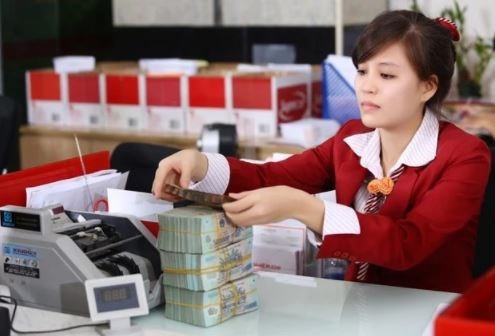


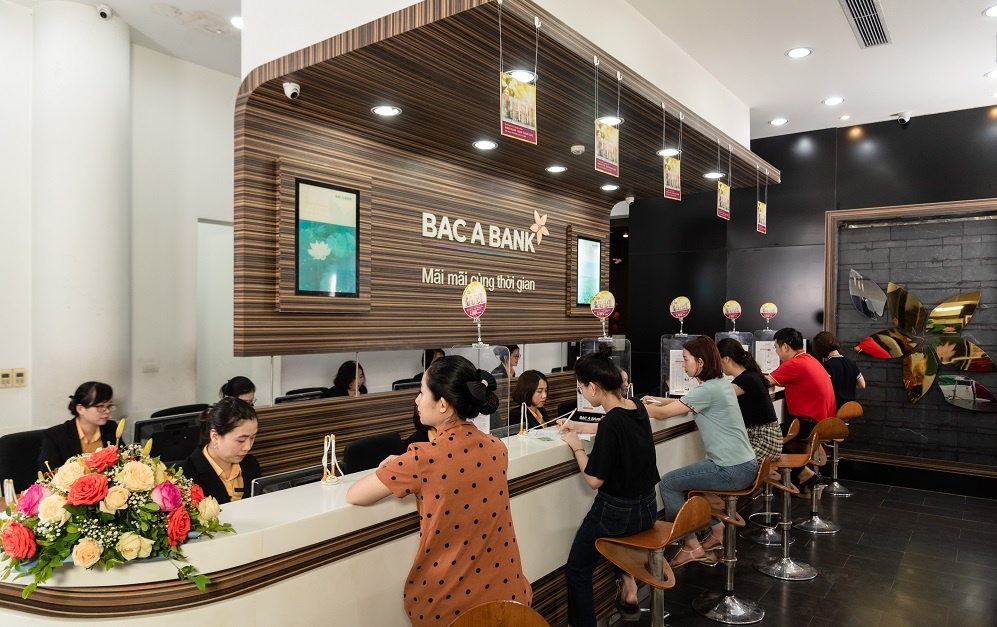


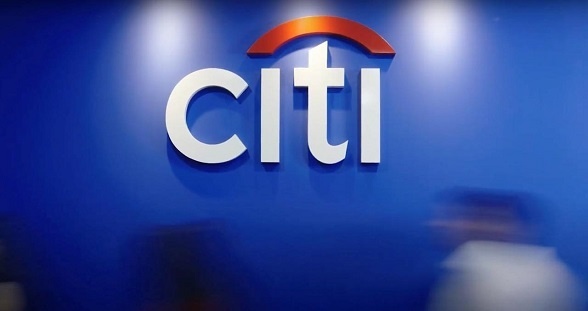


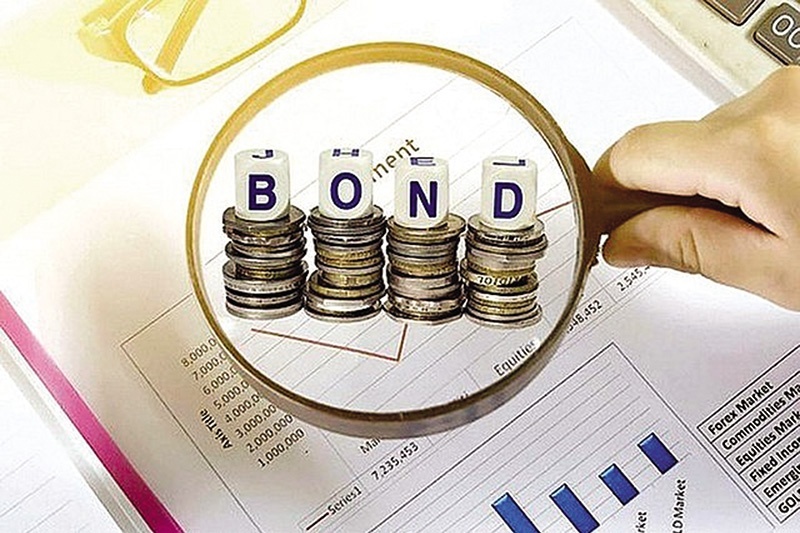


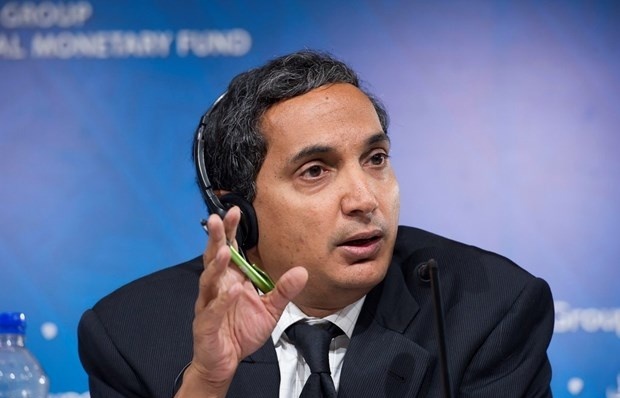

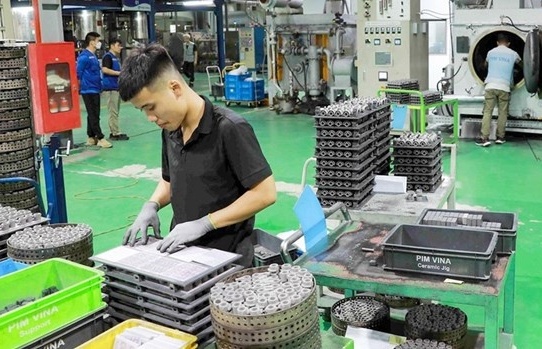




 Mobile Version
Mobile Version